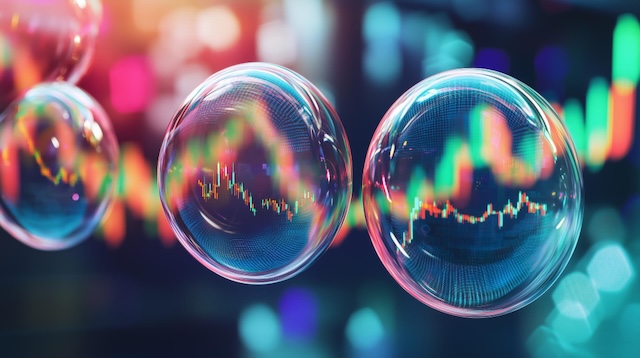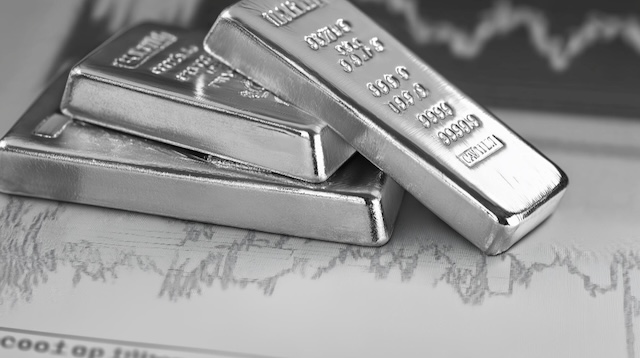Markets Feel Like 1999 Again — And Gold Is Back in Focus
The U.S. equity rally has the hallmarks of a late-cycle surge. Billionaire hedge-fund manager Paul Tudor Jones recently said the current setup reminds him of the run-up to the dot-com peak, when optimism persisted right until it didn’t. For investors thinking about durability and defense—not just momentum—precious metals have re-emerged as a central theme as policy, deficits, and valuations converge.
Market Conditions Echo the Late 1990s
Jones’s comparison is about behavior as much as price: euphoric participation, narrow leadership, and a tendency to extrapolate recent gains. Then and now, late-stage rallies can be powerful—and brittle. The lesson isn’t to flee risk altogether; it’s to align exposure with a plan for what happens when the cycle turns.
Policy and Liquidity Support the Case
Unlike the late 1990s, today’s backdrop combines elevated deficits with an outlook for easier monetary policy. That mix can keep risk assets levitated while also pressuring real yields and the dollar over time. It’s precisely the type of environment that tends to reward precious metals and other real assets that hold value when currencies weaken.
Why Gold Matters in a Late-Cycle Market
Gold’s appeal is straightforward: it’s scarce, liquid, and not anyone’s liability. In periods when policy support is abundant and fiscal anchors loosen, investors often seek ballast that isn’t tied to earnings cycles or credit conditions. That doesn’t mean price action will be linear—few assets are—but it explains renewed strategic interest from allocators who want diversification that behaves differently when stress emerges.
Tech, Crypto, and Gold: Divergent Roles
Momentum sectors like large-cap tech and crypto may still have room if the rally extends. Artificial-intelligence spending is a real driver for market leaders, and digital assets benefit from speculative liquidity. The trade-off is volatility: what compounds on the way up can retrace quickly when conditions change. That’s why investors often pair growth exposure with precious metals, rather than choosing one camp exclusively.
Building Resilience With Gold
Late-cycle investing is less about calling the exact top and more about owning things that can work under different scenarios. Core equities for participation. Cash and short duration for optionality. Real assets—especially gold—for resilience when drawdowns arrive. The goal is simple: preserve the ability to keep compounding after the cycle resets.
Gold in Retirement Portfolios
For long-horizon savers, holding approved bullion inside a retirement account can combine tax advantages with the diversification benefits of physical metal. The mechanics—custody, eligible products, and fees—matter, but the strategic principle is the same: reduce reliance on a single market regime where low inflation and low volatility are assumed.
Key Takeaways
• Market behavior resembles the late 1990s: narrow rallies and growing optimism.
• Policy and fiscal settings can buoy risk assets while quietly boosting real-asset demand.
• Gold offers diversification that doesn’t rely on earnings or credit conditions.
• Tech and crypto can still rally, but volatility argues for balance.
• Process—position sizing, hedging, and true diversification—matters more than timing perfection.
FAQ
Is gold only a defensive asset?
Not exclusively. In regimes with falling real yields or currency concerns, gold has delivered both diversification and positive returns.
Is it too late to buy gold?
Protection works best before drawdowns. Late-cycle periods are exactly when investors reassess balance, even if rallies continue.
How much gold belongs in a portfolio?
Allocations vary by objective and risk tolerance. Many institutional models use low – to mid-single-digit percentages as part of a broader mix.
What about silver and other metals?
Silver adds industrial sensitivity. It can outperform in strong commodity upswings but is typically more volatile than gold.
Conclusion
If this phase resembles the final chapters of prior cycles, investors may still see upside—but the path is unlikely to be smooth. The durable approach is to pair participation with protection. As attention turns toward the opportunities and risks of the coming year, balancing equities for growth with precious metals for stability may help portfolios navigate whatever comes next.
At GoldenCrest Metals, our mission is to help investors protect and grow their retirement portfolios through physical precious metals and Gold IRAs designed to hedge volatility and inflation.
Learn more at GoldenCrestMetals.com or explore our Precious Metals IRA Guide.
Sources:
https://www.yahoo.com/finance/news/billionaire-says-us-markets-feel-115500663.html
https://www.thestreet.com/investing/legendary-billionaire-drops-startling-take-on-stock-market





